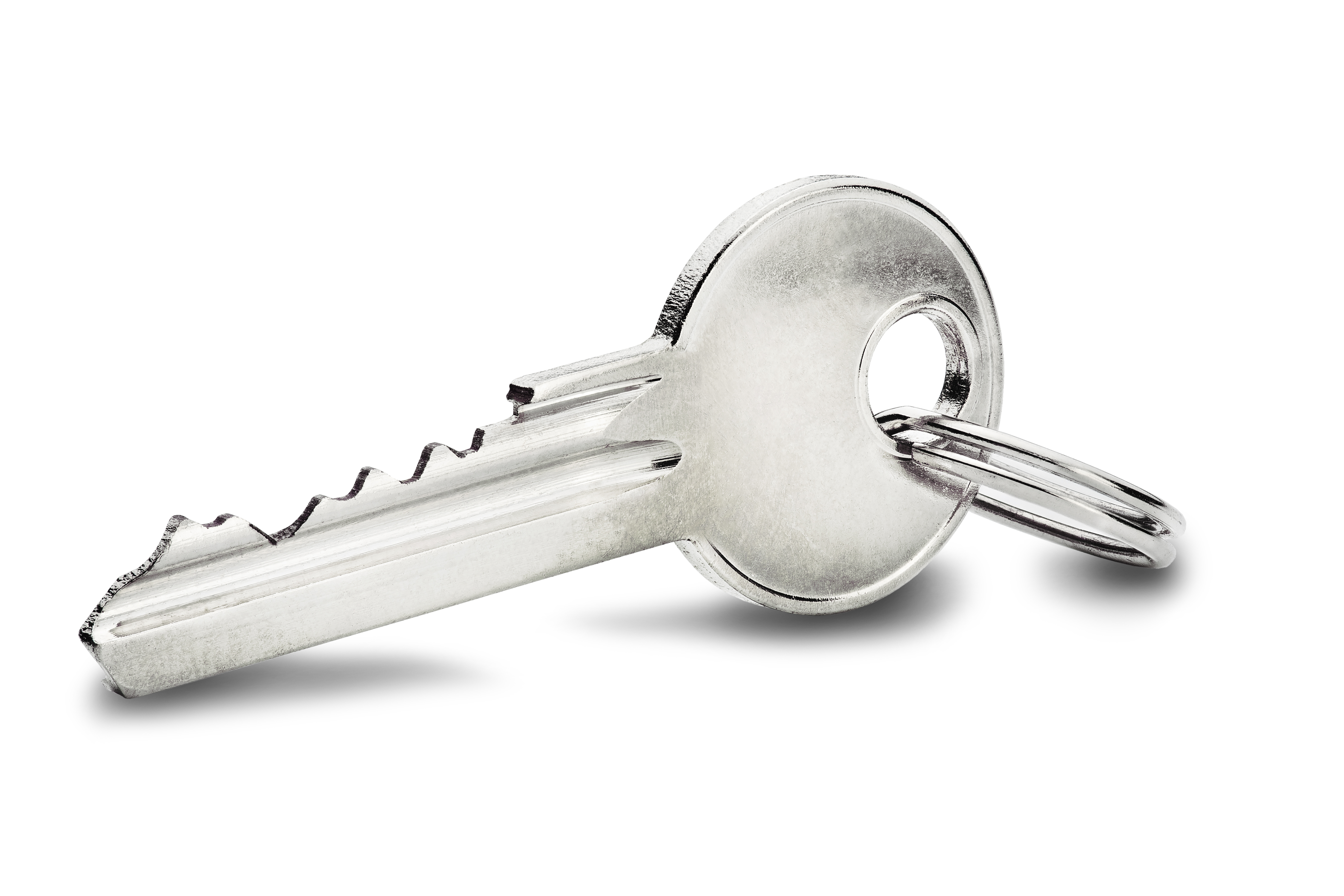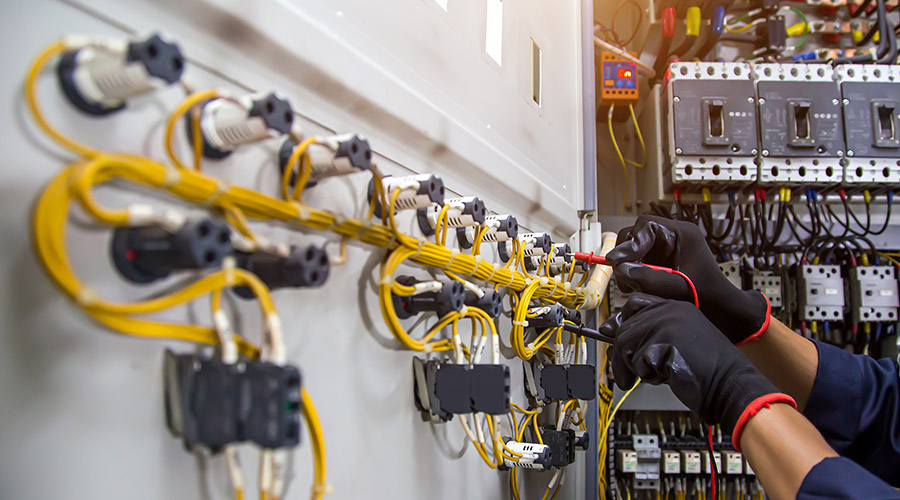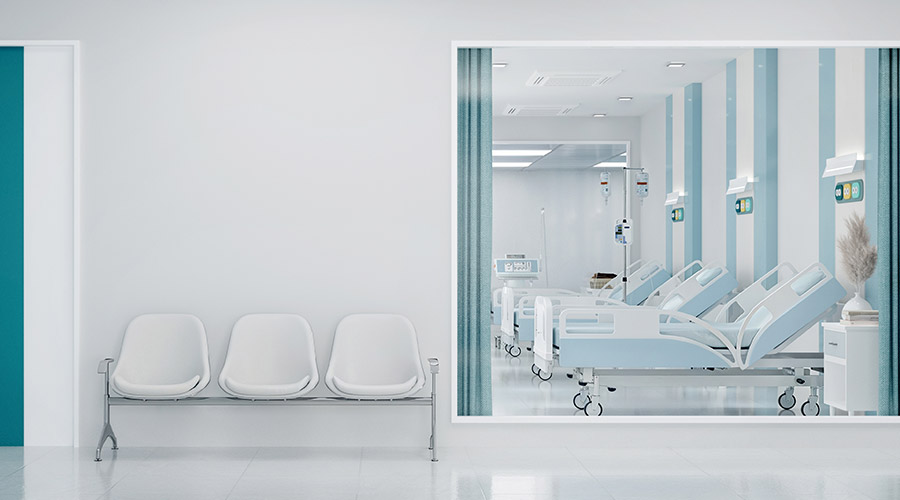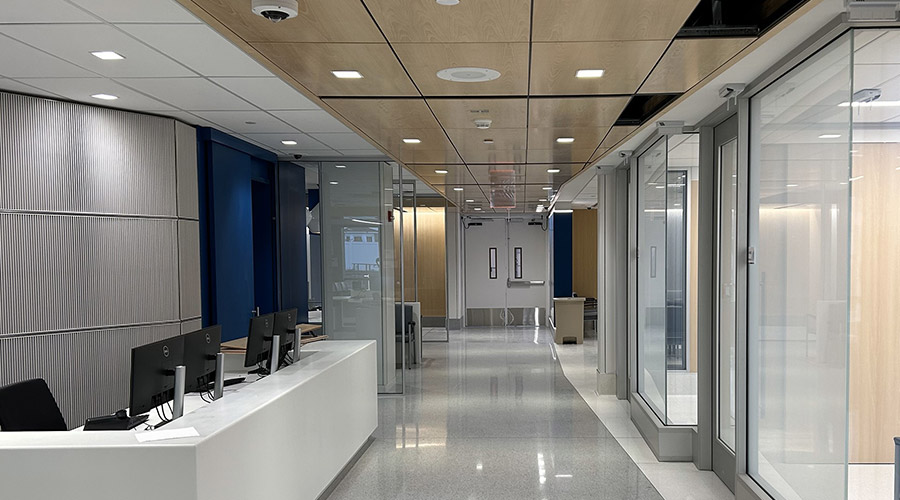Traditional security measures such as keys and passes can be fraught with potential issues such as losing them, copying or fraud. Access control technology has some advantages over these traditional formats. In this manufacturer roundtable, Healthcare Facilities Today speaks with access control manufacturers about those advantages.
What are some benefits to access control technology over traditional security measures like keys?
“The most successful access control solutions, designed with input from key stakeholders to meet the unique needs of each facility, can improve accountability, operational efficiency and the patient experience. The latest access technology solutions allow healthcare leaders to implement solutions that maintain the security of their facilities but also manage the identity and associated access rights of patients, employees and visitors.
Custom levels of access control can be thoughtfully assigned, managed and monitored based on individual use cases. From open-access lobbies to private patient rooms and other highly secure areas like operating rooms and neonatal care units, custom access rights ensure that people have the right access to the right areas for the right length of time. Access control also provides a full audit trail of who accessed each opening and reduces the risk associated with a lost key that can easily be duplicated.”
— Thomas Morgan, director of business development for healthcare, ASSA ABLOY Door Security Solutions
“There are many advantages of modern access control technologies over traditional measures such as digital keys that can be controlled remotely:
- Faster, more flexible deployment of access rights: Access can be granted or restricted based on roles and responsibilities that can be modified remotely and immediately. There is no need to account for physical keys which always carry the risk of loss, duplication or unauthorized possession. Also, a single credential, such as keycard or smartphone, can replace the need to carry multiple keys.
- With access control technology now being digital/electronic, automatic logging activity is enabled which can aid in investigations or collecting data on facility usage.
- Over the long term, access control technology can reduce overall costs by eliminating the need to replace lost, damaged or stolen keys and eliminate the need to physically re-key locks.”
— Brian Ha, product manager, STANLEY Access Technologies
“Traditional security measures rely on outdated methods and materials which are more easily breached than robust security technology available today. Physical keys are easily lost, replicated, shared and abused and offer little to no understanding of the violator. Leveraging an access control system offers facilities the ability to instantly provide or restrict badge access to a given entry point by anyone, at any time.
Unlike a key, if a cardholder’s badge is lost, it can be deactivated immediately upon notice, rendering it useless and limiting the risk of unauthorized access. By leveraging secure credential badge technology like contactless, smart card MIFARE DESFire EV2, users can significantly reduce the possibility of replicating the badge, unlike a physical key which can be easily duplicated. LenelS2 ships its mobile-ready BlueDiamond readers already pre-configured to support this higher level of secure badge. Access control software maintains an electronic record of who entered (or tried to enter) a locked door, when they entered, what specific door they entered, as well as visuals from cameras or video recorders associated with this specific event. A facility can actively monitor a given doorway or turnstile by utilizing cardholder verification, whereby the access control solution displays a photo of the cardholder as they present their badge to the access control reader to confirm correct cardholder identity. For an added layer of security, some access control solutions offer 2-factor authentication at access points, such as configuring readers to require badge presentation plus a user-specific PIN or biometric credential before granting access.”
— Doug Coppola, senior director of healthcare solutions, North America, LenelS2
“Modern access control technology represents a significant advancement over traditional security measures, providing benefits that metal keys cannot match. Enhanced security is one of the most compelling advantages. Electronic access control systems are sophisticated technology platforms, but at their most basic, they have the ability to grant or restrict individual or group access to specific areas at specific times. This customized access not only bolsters security but also ensures that only authorized personnel can enter sensitive areas, which is particularly crucial in settings that require stringent security measures, such as healthcare facilities.
Another key benefit of access control systems is the ability to create detailed audit trails. This feature logs every interaction with each locked access point, creating a comprehensive and auditable trail of who accessed what area and when. This capability is especially important in sectors like healthcare, where access to certain locations must be tracked and recorded for compliance with regulations like HIPAA. The ability to review access logs adds a layer of security and accountability that traditional keys simply cannot provide, making it easier to investigate incidents and enforce security policies.
The ability to manage access rights remotely is a game-changer for modern security management when compared to traditional lock and key security. Administrators can grant or revoke access rights instantly, without the need to physically change locks or reissue keys, which can be both time-consuming and incredibly costly.
Additionally, the ability of modern access control platforms to integrate with other security systems—such as CCTV, alarm monitoring, and fire safety systems—creates a comprehensive security solution. These integrations allow for a coordinated response to incidents, enhancing overall safety and security. By leveraging these integrated systems, medical facilities can ensure a higher standard of compliance and control, which is indispensable in today's healthcare industry.”
— Kyle Pfeiffer, industry solutions leader – healthcare, SALTO Systems
Jeff Wardon, Jr. is the assistant editor for the facilities market.

 Cultivating a Workforce in the Face of Skilled Trade Shortages
Cultivating a Workforce in the Face of Skilled Trade Shortages Prime Healthcare Acquires 8 Ascension Hospitals in Illinois
Prime Healthcare Acquires 8 Ascension Hospitals in Illinois Charging Ahead: Incentives Driving EV Charging in Healthcare Facilities
Charging Ahead: Incentives Driving EV Charging in Healthcare Facilities Outpatient Growth and the Future of Healthcare Real Estate
Outpatient Growth and the Future of Healthcare Real Estate Mount Sinai South Nassau Opens Expanded Emergency Department
Mount Sinai South Nassau Opens Expanded Emergency Department